A Tale of Three Countries

By Asavari Singh
Contributor
29/7/2021
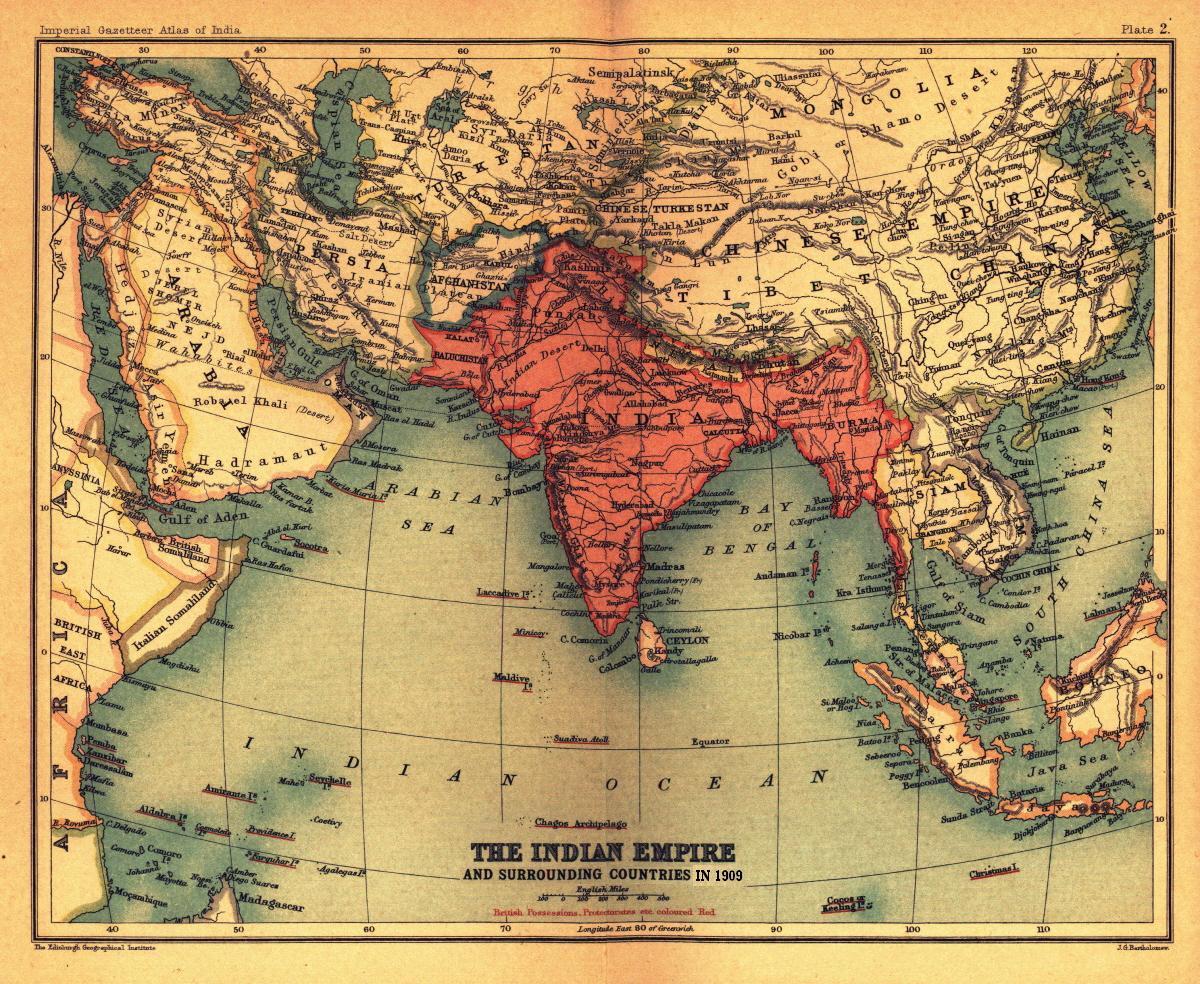
Preparations for India’s Independence Day, which falls on 15 August, have started a little earlier than usual. Not just for this year, but the next one, in 2022, which will mark 75 years of freedom from British rule. This March, the government announced a 75-week calendar of events, branded as the Nectar of Freedom Festival, which will last until 15 August 2022, and no doubt afford many opportunities for nationalists to thump their chests with jingoistic pride. Pakistan, which received its independence at the same time as India, will be commemorating the anniversary on 14 August, whilst Bangladesh celebrated its 50th year since independence earlier this year.
And yet, these three countries were once one, and they are neighbors carved from the same flesh. As they mark these significant milestones, they should look at each other’s trajectories since independence and learn lessons from one another’s successes and mistakes.
***
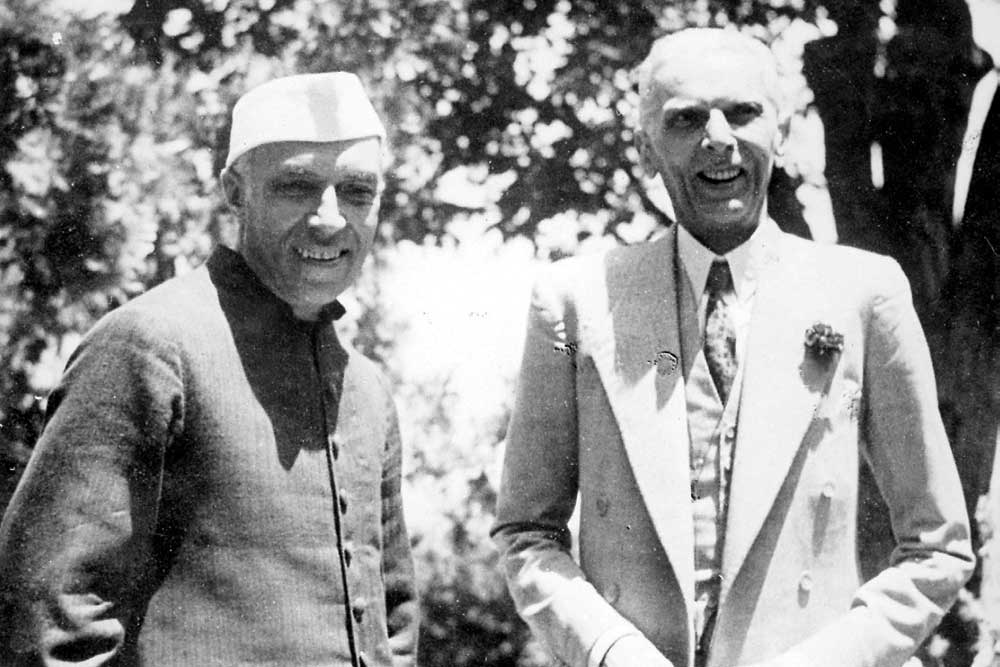
Jawaharlal Nehru (left) and Muhammed Ali Jinnah (right)
India and Pakistan may have been two sisters born on the same day, but the manner of their birth poisoned relations between them from the start. The rivalry between the two influential British-educated lawyers Jawaharlal Nehru (who would later be the founding father of India) and Muhammed Ali Jinnah (who would later be the founding father of Pakistan) came to a head, and by the summer of 1947 the situation in India had gotten out of hand, with Hindus and Muslims descending into a frenzy of murder, loot, and arson against each other. To avoid complete carnage after the British left, Lord Mountbatten, the last British viceroy of India, hastily divided India based on religious demographics, carving a new Muslim-majority country, Pakistan, out of two provinces on the opposite ends of India — Punjab in the west and Bengal in the east – a plan Nehru and Jinnah accepted. The messy Partition displaced some 20 million Hindus, Sikhs, and Muslims, and laid the ground for future disputes, including over Kashmir, the geo-strategically important northernmost region of the subcontinent, over which India and Pakistan have fought three wars in 1948, 1965, and 1999.
In his 17 years as prime minister of India, from 1947 until his death in 1964, Nehru worked to bring a diverse and fractured nation under a secular parliamentary democracy, but he also sought to alleviate poverty and develop industry. To achieve the latter, he adopted socialist policies – having the state take control of many core industries and introducing a convoluted system of permits, licenses, and restrictions to protect the domestic economy from foreign trade. The intricate bureaucratic system devised by the British was also retained, meaning that India is still run by colonial institutions that are more focused on maintaining control than encouraging development. The result of this is that even though India’s economy has since liberalized, most of its day-to-day operations are still notoriously riddled with red tape.
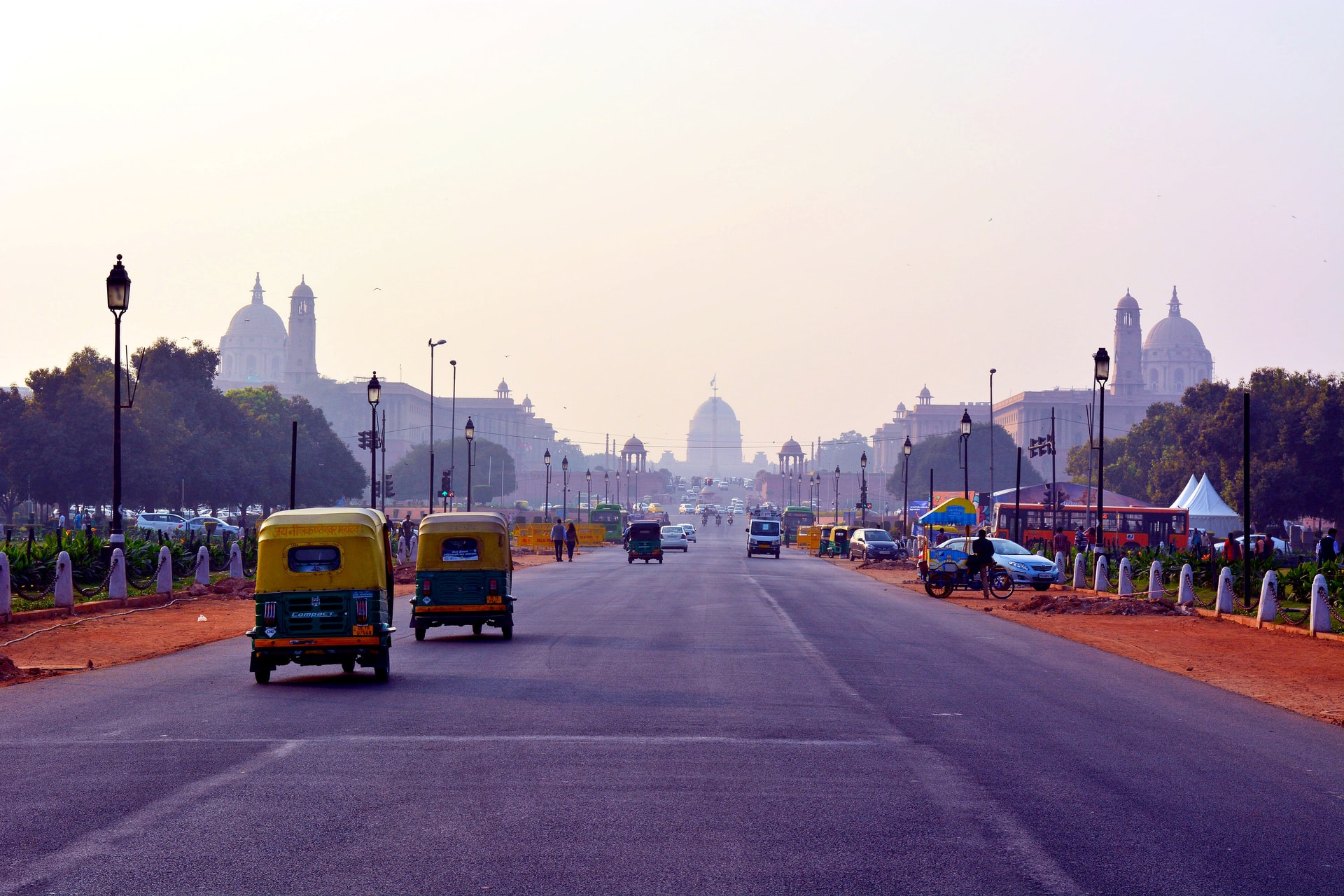
New Delhi
Pakistan also struggled mightily in its early decades. Pakistan inherited very little in the way of industries and institutions from British India, and the onerous task of nation-building was made that much more difficult when the chain-smoking Jinnah died from respiratory ailments in 1948. His political party, the Muslim League, was fractured with infighting over the role religion should play in the young nation. However, Pakistan did have fertile agricultural lands and inherited a large military with the Partition (due to the British preference for recruiting Muslims, who they thought were better warriors): though Pakistan had only a fifth of India’s population, it got 30% of the army, 40% of the navy, and 20% of the air force. Right from the beginning, Pakistan was obsessed with the threat of India, which cut West Pakistan from East Pakistan and with which it fought a war over the Muslim-majority princely state of Kashmir just a year after independence. The fear that India would swallow up other territories drove Pakistan decision to invest disproportionately in defense at the expense of development, and even today, Pakistan’s military spending is bloated (and growing).
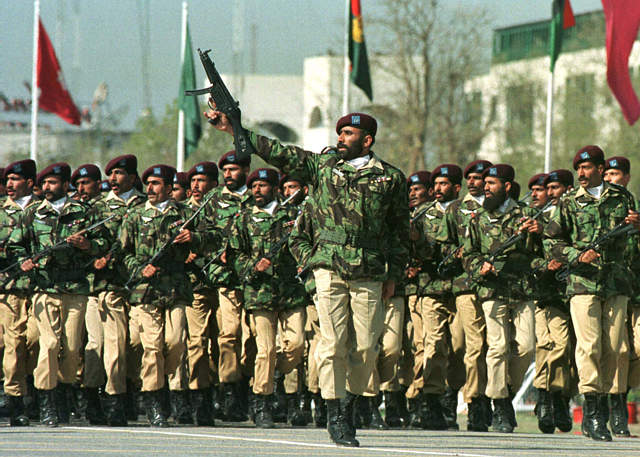
Special operations forces of the Pakistani army
The most grievous risk to Pakistan’s territorial integrity, however, would end up coming from within. Even a shared religion proved inadequate to bind East and West Pakistan together when their people spoke different languages and had so few cultural similarities. The Bengali-speaking East Pakistan was more populous than the Urdu-speaking, geographically larger West Pakistan, but this did not make it more powerful. After Jinnah — who owed much of his popularity to the Bengalis — died, East Pakistan was ruled by a succession of generals and bureaucrats from West Pakistan. This ruling elite looked upon the Bengalis as inferior and saw the East as a territory to exploit rather than to invest in. For the Bengalis, this was like colonial rule all over again, and they grew increasingly discontented.
Matters came to a head when Yahya Khan, the ruling Pakistani general from 1968 to 1971, allowed elections in 1970 but refused to hand over power when the Bengali leader Sheikh Mujibur Rahman won. This sparked a civil war. On 25 March, 1971, truckloads of West Pakistan soldiers took over Dacca (now Dhaka) in East Pakistan. What followed was a campaign of rape and murder called Operation Searchlight, which, according to West Pakistan, was a crackdown against a violent secessionist movement, but is more accurately described as a genocide against the Bengalis.
At this point of time, former US President Richard Nixon was eagerly courting Yahya Khan as a bridge to China and was willing to overlook inconvenient misdemeanors like the massacre of well over a million people. The “moral bankruptcy” of America’s foreign policy is detailed in Gary Bass’ fascinating book, The Blood Telegram, which reveals how Nixon and his secretary of state Henry Kissinger were so keen to court Yahya that they chose to ignore the atrocities being inflicted on what Nixon called “just a bunch of brown goddamn Moslems.”
However, another brown country did care, for a mixture of humanitarian and self-interested reasons. On 3 December 1971, Indira Gandhi, Nehru’s daughter and the Indian prime minister at the time, declared war on West Pakistan. 13 days later, India, together with Bengali guerrilla forces, won the war. East Pakistan split from the West and became the new country of Bangladesh, and India got a new Victory Day to celebrate every year.
For India, the “golden victory” over Pakistan was (and still is) a huge source of national pride, but it also had the effect of stoking Indira Gandhi’s autocratic tendencies. She declared a state of emergency from 1975-77 and shut down all dissent. The irony was glaring: the prime minister who had fought for democracy in Bangladesh had become a dictator herself. This period of political repression was also one of economic stagnation due to Indira’s aggressive socialism (she nationalized everything), and the cessation of aid from the US due to India’s role as the “main aggressor” in the 1971 war. Thus, while Indira rose to power on the plank of “Garibi Hatao” (Remove Poverty), the results were quite the opposite, with average per capita income growing at a dismal 0.8% in the last nine years of her reign. India’s most notable accomplishment in this period was that it tested its first nuclear bomb in 1974. The economy started improving when Indira Gandhi introduced fiscal reforms when she returned to power in 1980, but industry and trade only really began to pick up steam in 1991 when an economic crisis forced the country to liberalize.
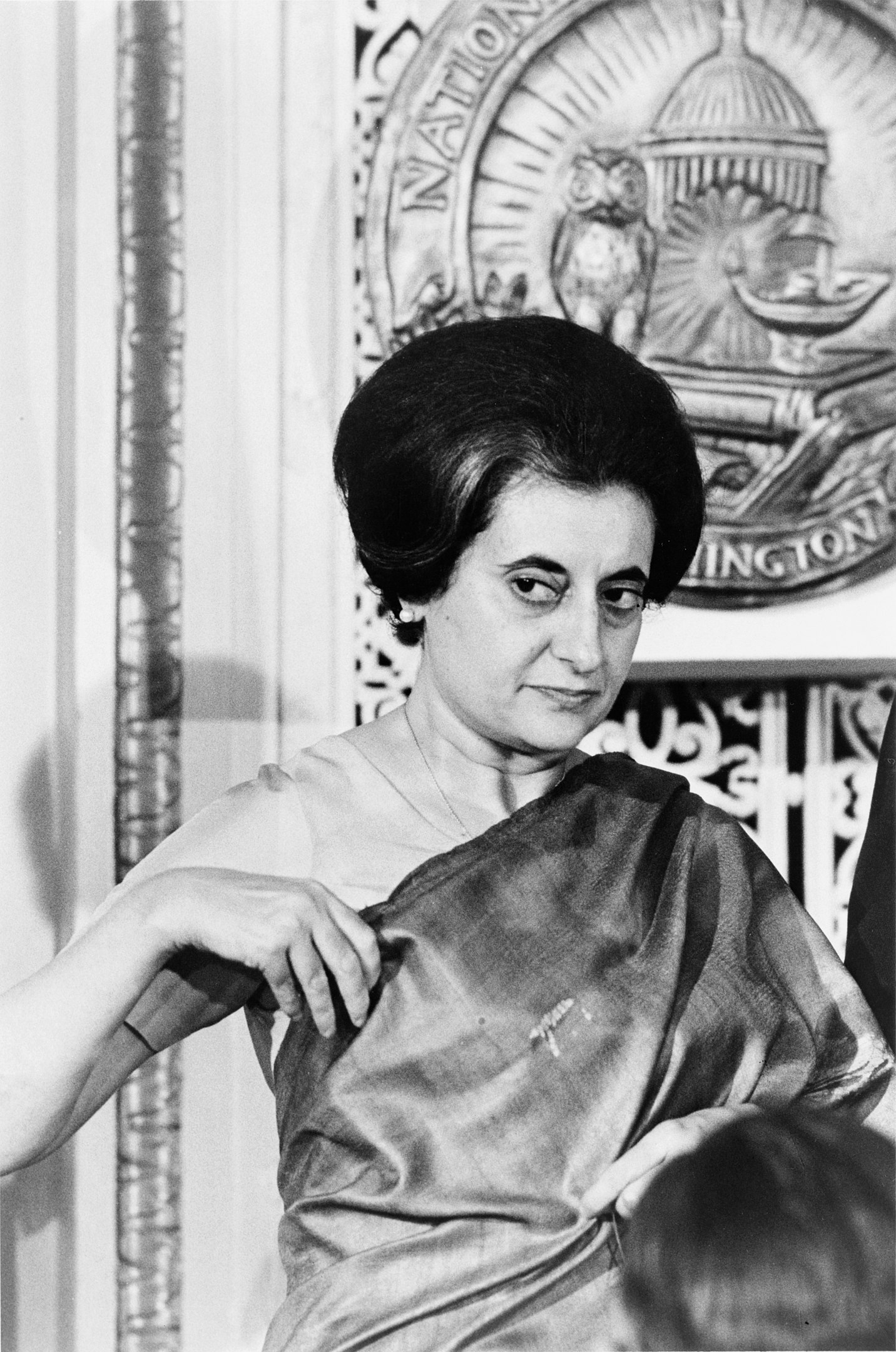
Former Indian Prime Minister Indira Gandhi
As for Pakistan, its so-called golden period came well before its own liberalization in the 90s. From 1958-69, Pakistan was run by the anti-Communist and pro-American Field Marshal Ayub Khan. Under this not-so-benevolent dictator, Pakistan actually achieved higher economic growth than socialist India in the same period. Although this progress has often been dubbed as “growth without development” due to Pakistan’s consistently poor performance on social indicators, Ayub Khan favored market-oriented policies that led to some gains in both agriculture and industry. It also helped that America was quite charmed by the cooperative and friendly generals and poured aid liberally into Pakistan.
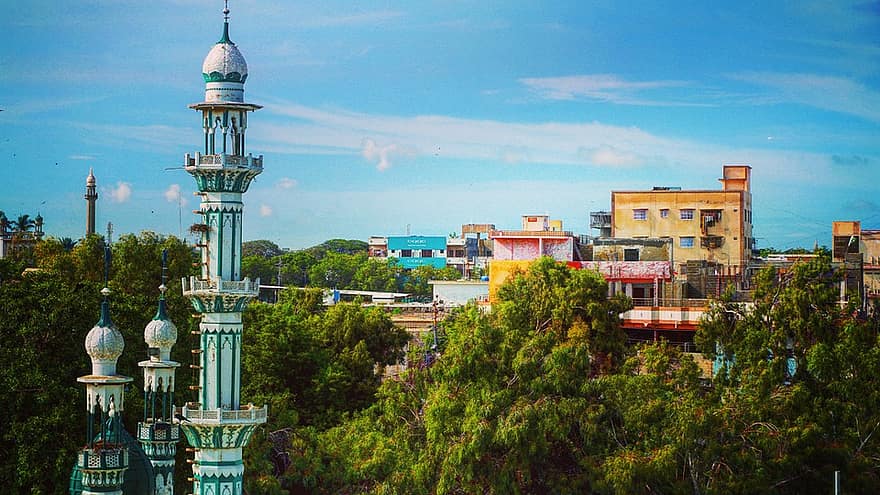
Karachi, Pakistan
However, exhausted by the war with India in 1965 and the loss of Bangladesh in 1971, Pakistanis clamored for democracy. With the help of disgruntled military men, Zulfiqar Ali Bhutto of the Pakistan People’s Party deposed the ruling general. He was as much of a dictator as the generals he replaced, but like Indira Gandhi next door, he chose the populist path of socialism, complete with anti-poverty slogans and policies that only made people poorer. Bhutto distrusted the US because of its cosy relationship with the generals, and turned instead to other Islamic countries and to China. Another change in the 70s was a growing emphasis on Islamic ideology, and the eventual Islamization of Pakistan’s constitution, which eroded social freedoms. Smarting from its defeat in 1971, Pakistani policy began to increasingly revolve around hatred of India. As Bass described, Pakistan adopted a three-pronged policy: empower the army even more, sponsor Islamic terrorist groups to attack India, and build its own nuclear arsenal, even if, as Bhutto vowed, Pakistanis had to resort to “eating grass and leaves” to afford it. In short, Islamabad chose to emulate India’s damaging economic policies and scored an even bigger own-goal by encouraging the spread of religious fundamentalism and terrorism, which continues to plague Pakistan to this day.
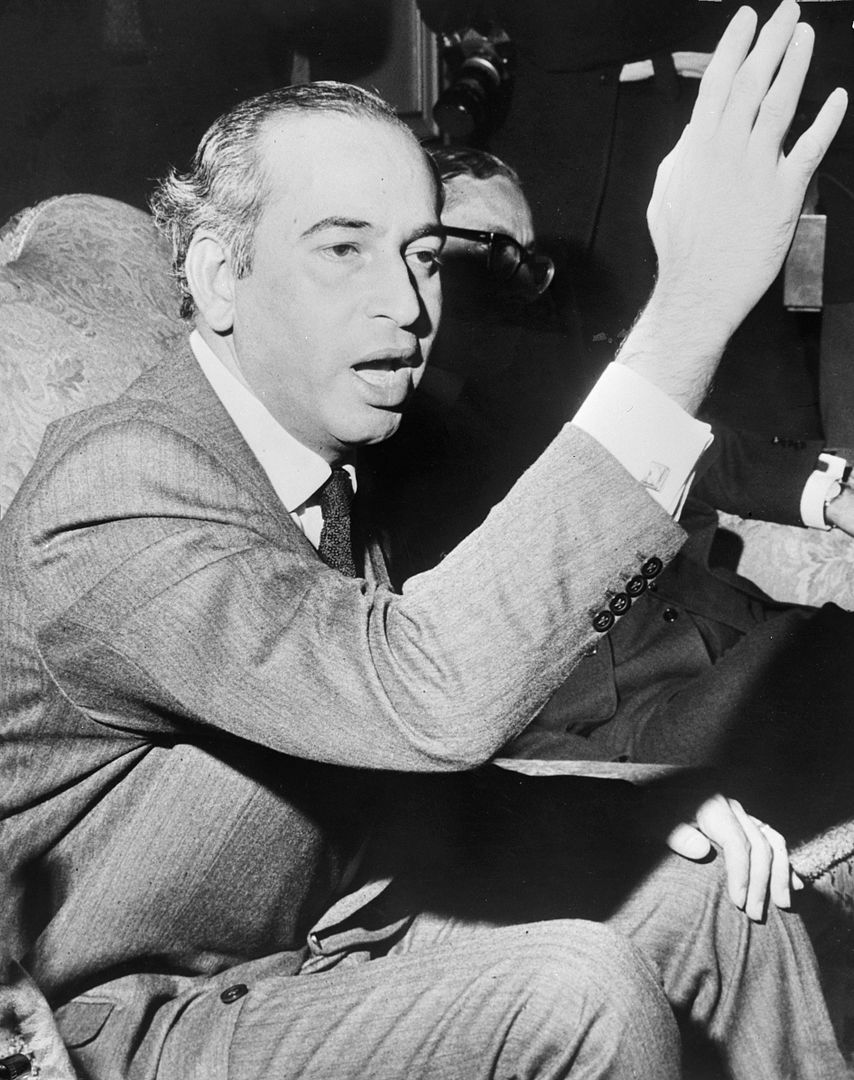
Former Pakistani Prime Minister Zulfiqar Ali Bhutto
No one was to take the desperately poor and war-torn Bangladesh seriously until decades after its birth. At the time, American policymakers like Kissinger mocked Bangladesh and called it a “basket case.”
Such views did not seem unfounded. Not only did Bangladesh suffer devasting floods and famine in the 1970s, it also stifled both its economy and civil society. It nationalized its banks and other core industries. Mujibur, the hero of liberation, declared a state of emergency in 1974 until the military assassinated him, triggering a long period of instability that also saw growing Islamization — a popular source of legitimacy for rulers who lack a democratic mandate. For years, the economy was in the doldrums and the country depended heavily on aid. India, too, condescended to Bangladesh (Indira Gandhi’s advisor once referred to it as “primordial slime”) and saw it as a liability. Many Indians in border areas, in fact, still blame all their woes on “illegal immigrants” from Bangladesh.
Yet, in the past few years, something has changed. Today, beleaguered little Bangladesh is emerging as South Asia’s most promising country — a distinction that was claimed by Pakistan in the 60s and then by India for a good 25 years after the economic liberalization of 1991. This June, Bangladesh announced that its GDP per capita grew by 9% over the past year to $2,227 — Pakistan’s and India’s stand at $1,543 and $1,947 respectively. It’s not a typical South Asian case of “growth without development” either: Bangladesh now has a longer life expectancy, lower infant mortality rate, better participation of women in the workforce, and higher school enrolments than both India and Pakistan. Despite COVID setbacks, it also managed to keep its GDP growing while also taking care of poor workers through stimulus packages.
Today, beleaguered little Bangladesh is emerging as South Asia’s most promising country.
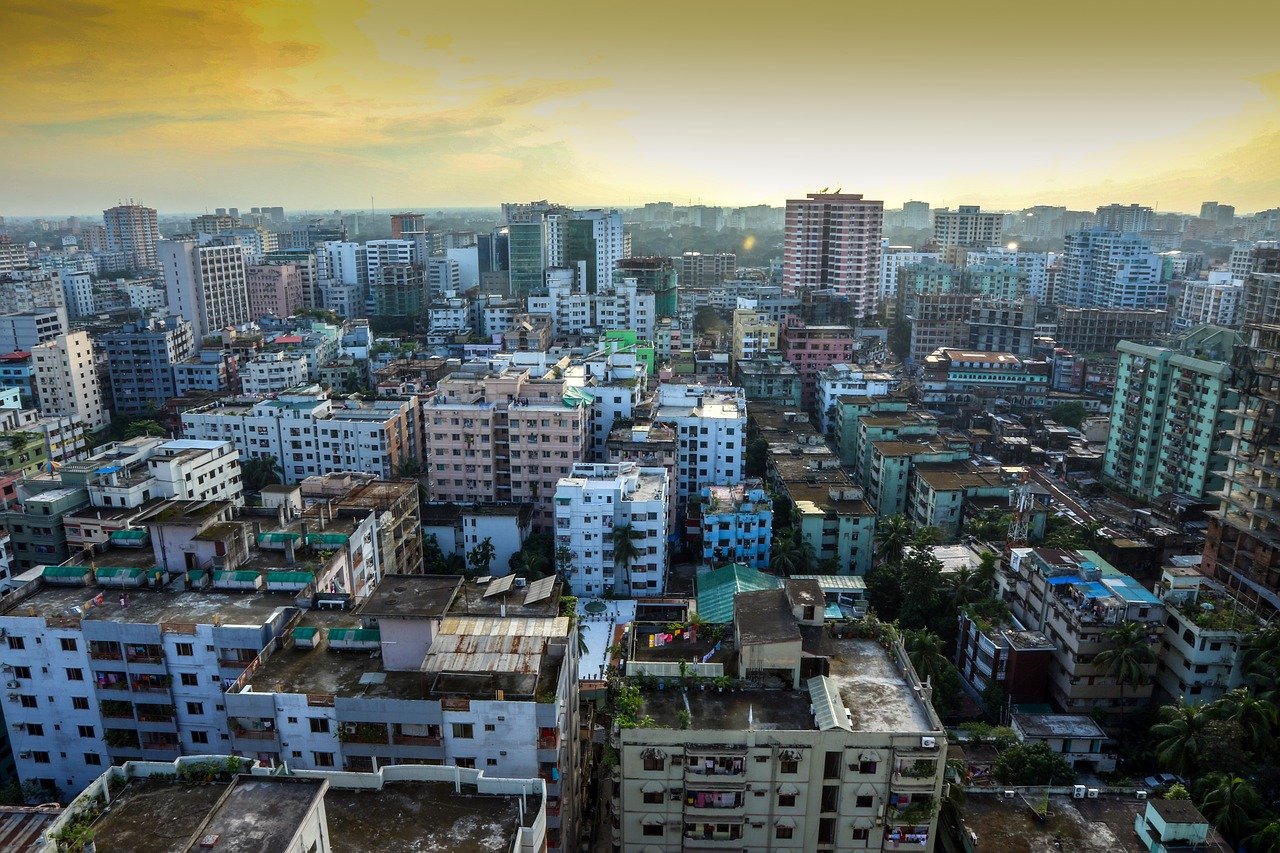
Dhaka, Bangladesh
The reasons for Bangladesh’s rise from abject poverty to what Indian economist Arvind Subramaniam calls a “global paragon of economic development,” have been analysed extensively. The general consensus is that the pillars of Bangladesh’s success are its booming garment manufacturing industry (which accounts for 84% of its exports), successful implementation of microfinance programs, remittances from Bangladeshis working abroad (amounting to more than $15 billion annually), and controlled public spending, which allowed the private sector to borrow and invest more. The people of Bangladesh also deserve credit, especially for their comparatively liberal approach towards women working outside of the home. It’s noteworthy that in India, women’s workforce participation dropped from about 30% in 1990 to 21% in 2019, whilst in Bangladesh it rose from about 25% to 36% in the same period.
In South Asia today, Pakistan is currently the closest thing to a “basket case,” and some fear it might have to take a “begging bowl” to Bangladesh by 2030 — a shameful prospect for a country that was 70% richer than it in 1971. India, which has already taken aid from Bangladesh during its COVID crisis, is also “extremely close to a tipping point of a major recession” much like the one that precipitated the 1991 reforms, according to the Nobel Prize-winning economist Arijit Banerjee. It’s quite a fall from grace considering that in 2015 India was lauded as the fastest growing economy in the world; in 2020-21, its GDP contracted by 7.3%.
***
As India, Pakistan, and Bangladesh mark significant milestones since independence, what can they learn from each other?
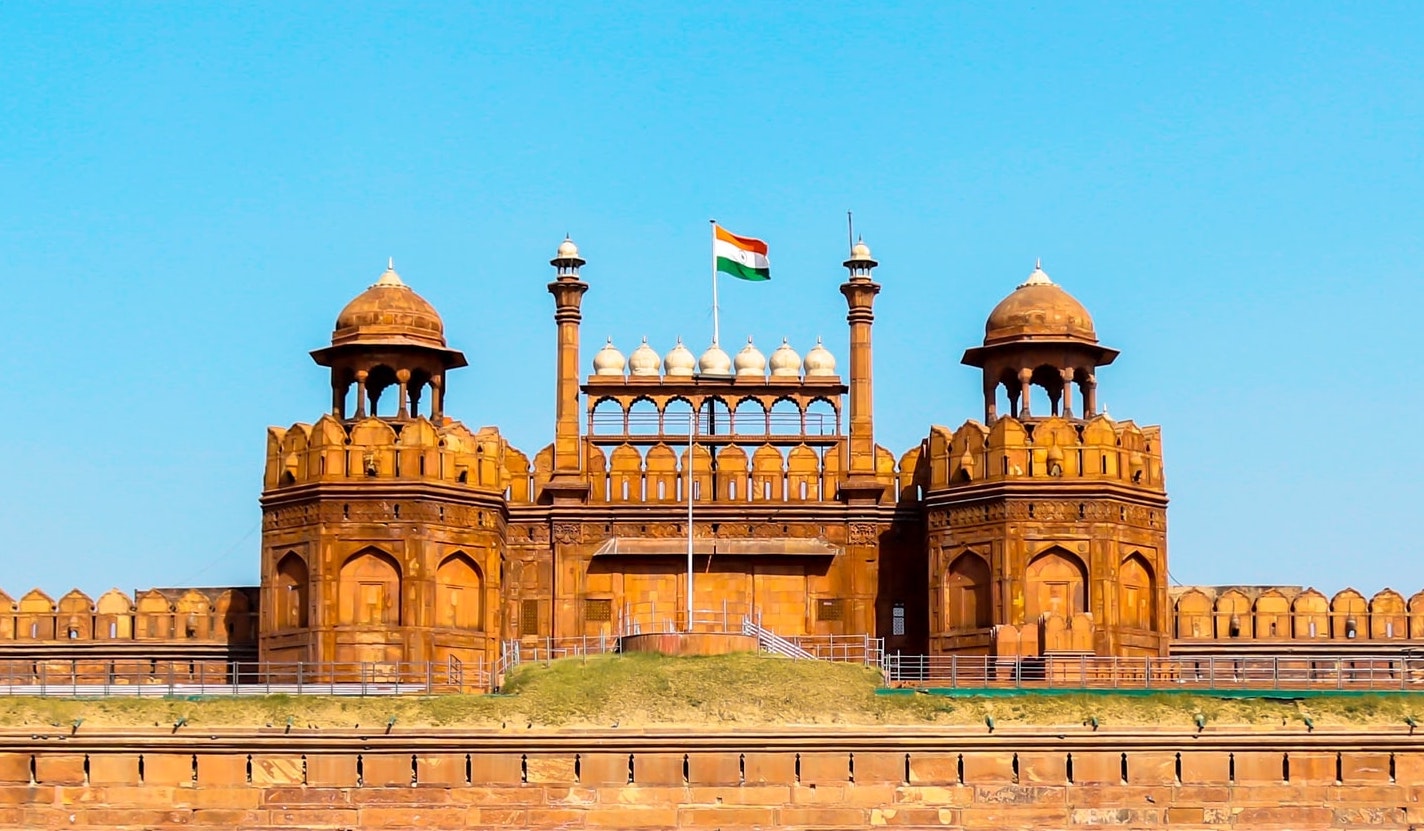
Red Fort, the venue for Independence Day celebrations in New Delhi
Bangladesh deserves praise for its recent achievements, but it still has serious problems that could potentially reverse its gains.
Bangladeshi Prime Minister Sheikh Hasina (who is incidentally Sheikh Mujibur Rahman’s daughter) has been in power since 2009, for three consecutive terms. She remains in power not just because people love her, but because she rigs elections and because her opponents have a way of disappearing. While she must be given credit for creating an environment conducive to economic development, her growing authoritarianism is evident in her recent suppression of student protests and censorship of the media. Corruption is still a major problem, income inequality is high and rising, and there has been an uptick in violent Islamism. Bangladesh, therefore, has all the major ingredients for failure that have set India and Pakistan back in the past.
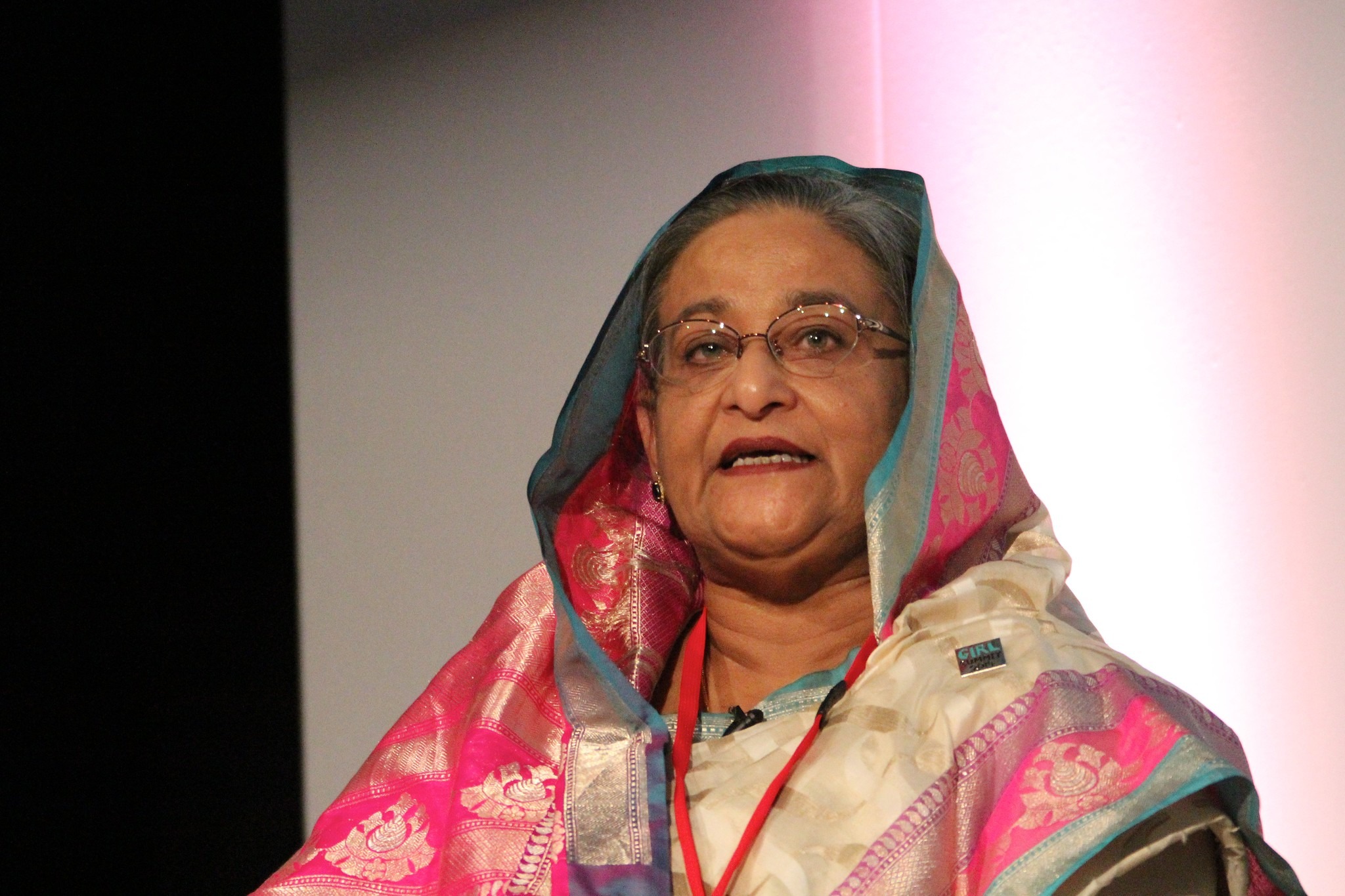
Bangladeshi Prime Minister Sheikh Hasina (Picture Credit: DFID – UK Department for International Development)
One of the reasons Bangladesh has been able to come so far is because its poverty and reliance on foreign aid has prevented its government from becoming as dictatorial as it might have wanted. For instance, Arvind Subramanian pointed out that the Bangladeshi government “voluntarily ceded” the service-provision monopoly to NGOs, allowing them to play a major role in providing public health, education, and financial services. In other words, the government has had to show some humility and this has benefitted the country. However, with Bangladesh about to “graduate” from the UN’s list of Least Developed Countries into the ranks of middle-income nations like India and Pakistan, the government may become less amiable towards NGOs. This is significant, because, in developing countries, NGOs play a crucial role in creating opportunities and providing essential services to disadvantaged communities. Bangladesh, in particular, owes much of its development success to these organizations. For instance, in 2018, an NGO called BRAC loaned money to about 8 million Bangladeshis and educated a million children. India and Pakistan have both been hostile towards NGOs for decades, distrusting them because they are often controlled by foreigners, and tend to ask inconvenient questions and threaten government narratives. Recently, Modi’s government cancelled the licenses of about 20,000 NGOs that received funding from other countries. Sheikh Hasina has shown a similar authoritarian streak in her relentless targeting of social entrepreneur and Nobel Peace Prize winner Mohammed Yunus, who started a microcredit organization called the Grameen Bank, soon after he started criticizing the government. This is the kind of self-destructive hubris that could derail Bangladesh’s progress.
India and Pakistan have both been hostile towards NGOs for decades, distrusting them because they tend to ask inconvenient questions and threaten government narratives.
Bangladesh has also been progressive in separating religion and state. In 2010, the principle of secularism was reinstated in the Constitution (it was removed by the dictator Ziaur Rahman in the 70s) to the relief of minorities. However, the fact that Islam is still the state religion represents a potential landmine. Should Sheikh Hasina ever be tempted to expand Islam’s foothold in public life to appease religious conservatives, she should look not just at Bangladesh’s own past but also at where the politics of religion have gotten India and Pakistan. Radical Islam was entrenched in Pakistan in the 80s by the military dictator Zia ul-Haq, who used it as a tool to consolidate his own power, but the growth of militant Islamist organizations has damaged Pakistan’s economy (including by scaring away investors), its security, its international reputation, and its foreign relations. In India, too, Hindu nationalism has been on the rise under the rule of the autocratic Narendra Modi, who retains political support due to religious ideology rather than performance. Talk of building a $5 trillion economy in India has been replaced by promises to construct more temples — and this shift in priorities has not worked out well for it.
The lesson from South Asia is clear. Less democracy, more religion in public life, and tighter bureaucratic controls harms a country. On the other hand, giving people greater political, social, and economic freedom helps it grow. India and Pakistan don’t seem to have learned this lesson; Bangladesh should take heed before it’s too late.
